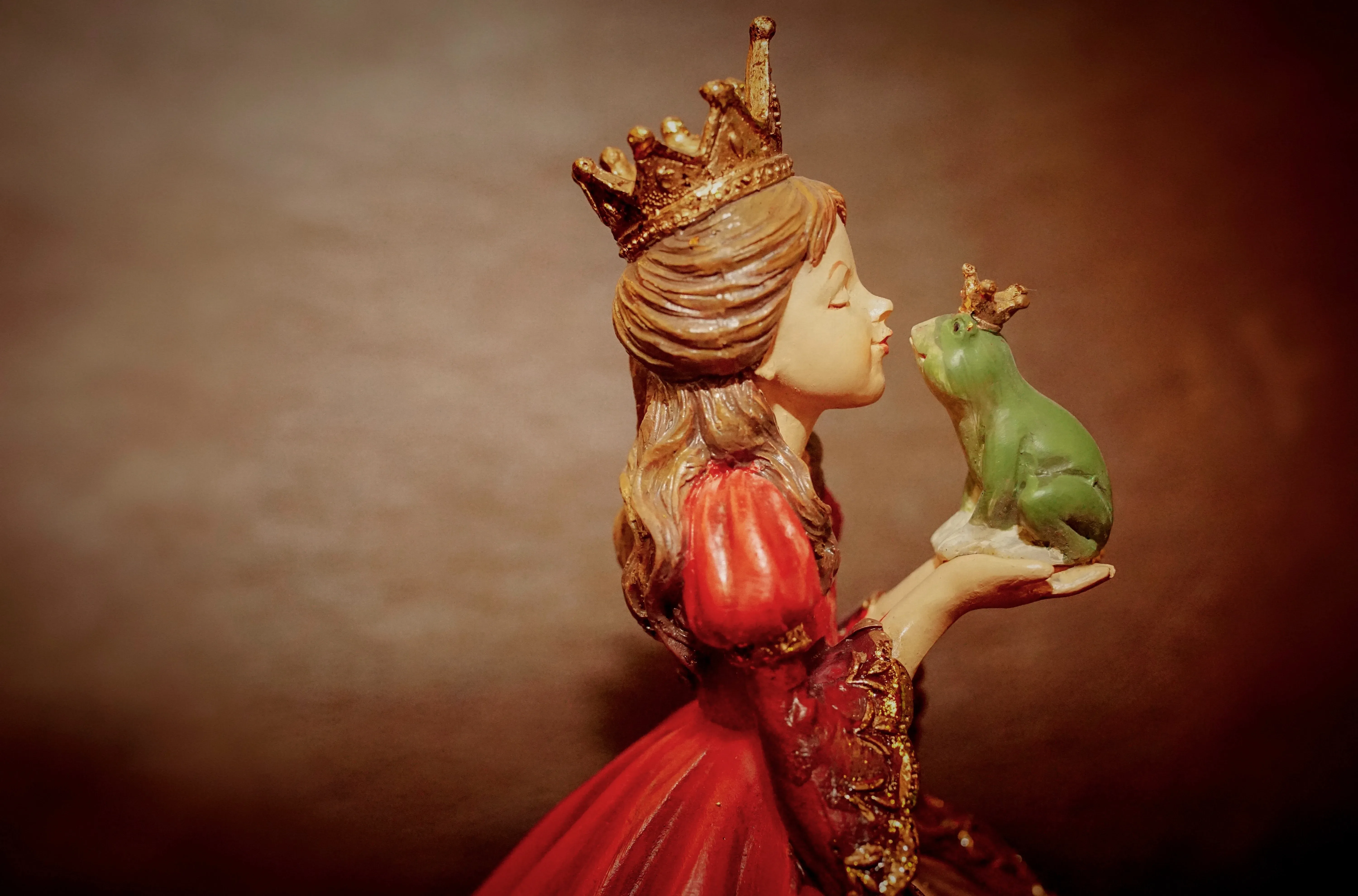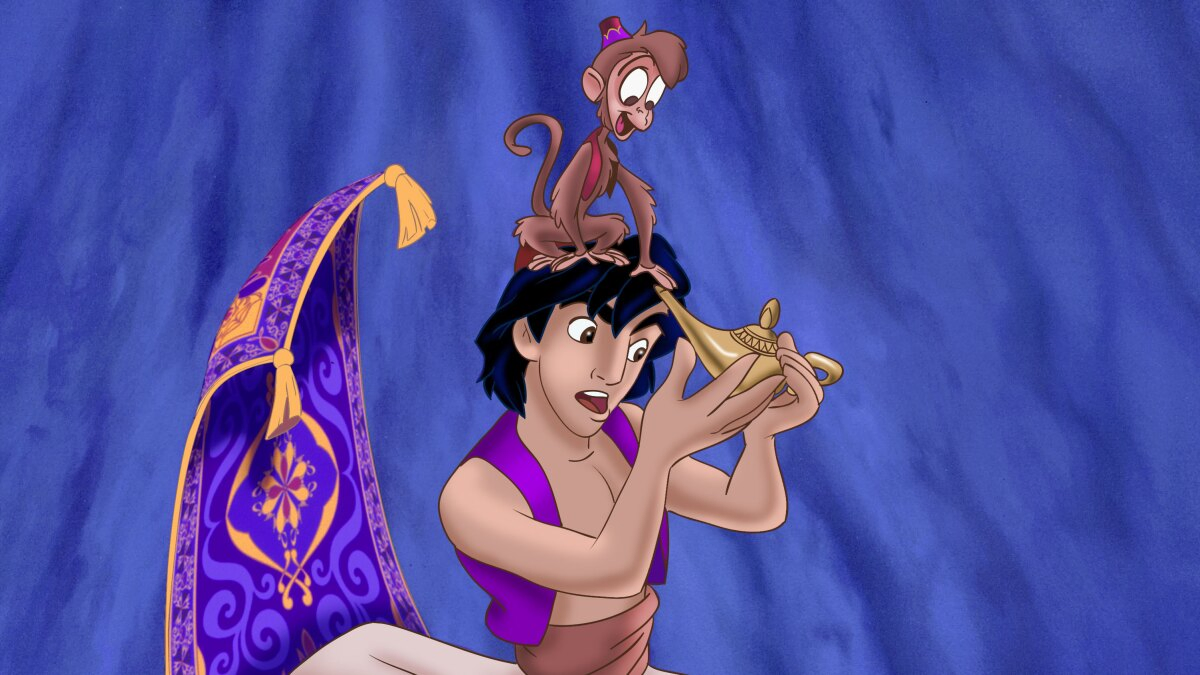Is it legal to rewrite a fairy tale?| Issues of Public Domain
Jarrod Easterling
Attorney and legal consultant.
The earliest fairy stories played the role of cautionary tales for children to scare them into obedience and whatever behavior was favorable at the time. Most of the original versions and morals of fairy tales are outdated and irrelevant to modern society.

Let's look at a few versions from Snow White's timeline. Notice how each of them, in some way, reflects the values and trends of their own era.
Some countess in the 16th century
It’s speculated that the original oral tale of Snow White was based on the real life of a countess, Margarete von Waldeck, and an alleged lover. She was supposedly poisoned, had an awful relationship with her stepmother, and lived in a town with copper mines that employed malnourished child laborers. Due to the hard work and malnourishment, they were nicknamed ‘poor dwarfs’.
A German scholar named Eckhard Sander wrote a book about how he thinks the tales originated with Margarete von Waldeck.
Grimm’s Snow White and The Seven Dwarfs
When the Grimms took over the fairy tale, it got expectedly dark. The Grimm brothers are famous for gratuitously violent and dark children’s stories. Their version of Snow White is no exception, including a hired assassin, indentured servitude, and the evil queen punished to dance in red-hot iron slippers until she dropped dead.
Disney’s Snow White and the Seven Dwarfs
Disney’s Snow White is probably the most famous iteration of the story. The main point of this film was to flex on animation. The story itself was less important than Disney being like "Omg, y’all, look at this character spinning in a circle while she sings—we’re the only ones who are doing this lmao."
Disney family-friendlied the story up a bit, gave the dwarfs loveable names and personalities, swapped the witch’s hot-shoe fate for a clean falling-out-of-frame-to-her-presumed-death ending.
Fairest by Gail Carson Levine
This book is a good example of a writer really taking leaps with their interpretation of a fairy tale. The main character, Aza, is our Snow White. She is actually quite clunky and awkward and not at all beautiful by traditional standards, but she has a magical singing voice, which leads to her having a very strange job for the queen. In the end, Aza’s appearance has nothing to do with her worth, power, or ability to find her own happily ever after.
Beauty is a big theme in this book in a lot of ways, but Fairest flips the traditional story of Snow White on its head to give its young audience the confidence to pursue a happy life, despite what others think of you.
Snow White and the Huntsman (2012)
This film came out when dark fairy tale imaginings were in high popularity. It’s told from the perspective of the Huntsman, and his story of falling in love with Snow White. It’s a dark, gritty imagining of the Disney version, which is a light, friendly imagining of the dark, gritty Grimm’s version. And around and around we go.
As you can see from this brief timeline, fairy tales are a moving target for what trends, morals, and themes are popular at the time of publication.
$ Rewriting fairy tales$ is a great way to make sure that the tales of old adapt to new social norms and are used to teach relevant lessons to modern children. Not to mention, rewriting fairy tales is a great creative activity for writers. It allows authors to use their creativity—smash the proverbial sand castle and use that sand to build another.
While rewriting fairy tales can be a lot of fun and a helpful tool for writers, it can also be confusing to know the legal do’s and don'ts. Let’s talk about what you legally can and cannot do while rewriting fairy tales.

Legality of fairy tale rewrites
While fairy tale rewrites almost always involve using someone else's creative work, they are unique from other fanfiction-esque pieces, in that it's pretty much always legal to publish them.
As long as you double-check that the fairy tale you've chosen to rewrite falls under Public Domain, and that you're only using elements from the public domain versions (not a more modern, copyrighted version), you're pretty much good to go!
What is the Public Domain?
The public domain refers to creative works, such as books, music, and art that are not protected by intellectual property laws, such as copyright, trademark, or patent. These works can be freely used, copied, or distributed without permission from the original creator or owner of the work.
In general, works enter the public domain when their copyright term expires, or when the author chooses to release them into the public domain.
Here are some general circumstances when it is safe to assume that a work is in the public domain under established U.S. copyright laws:
1) if a work was published before 1923,
2) if it was an unpublished work and the author died over 70 years ago,
3) if it was written by an anonymous author over 120 years ago.
ALWAYS, check your local jurisdiction’s laws regarding the public domain or consult a lawyer for legal advice if you are unsure if a work you want to use is in the public domain.
The great news is that most fairy tales are old enough to qualify for the public domain. In fact, it is speculated that some of the oldest fairy tales still in circulation today are between $ 2,500 and 6,000 years old$ .
However, be VERY careful when using works that are within the public domain. Make sure you are only incorporating elements from the version(s) within the public domain. It can be easy to slip up and assume that a character, object, or another element are from the original public domain works, when they’re actually from more modern retelling that is still under copyright protection.
For example, if you’re writing a retelling of the story of Aladdin, you’re free to use any elements from the original One Thousand and One Nights, but you gotta leave that little monkey with the fez to Disney.

Before sending your tale out for publication, double- and triple-check the original work to make sure you’re not stealing outside protected material.
If you’d like to make sure if a fairy tale is in the public domain before you start writing, search it at www.copyright.gov/records.
Can you publish rewritten fairy tales?
If your fairy tale rewrite only includes works inside the public domain, are original enough to be considered "fair use," or if the original author has given their express permission for people to rewrite their works, then yes, you are in the clear to publish your work. Always ensure you have the right to publish before doing so.
At the end of the day, rewriting fairy tales can be a great creative practice for authors and a way to revisit a beloved story with modern social morals. As long as you double-check the copyright and be extra sure you’re not taking elements from a separate, copyrighted version, you should be in the clear. If you are uncertain, consult a legal professional in your jurisdiction.
Happy writing!
**The practice of law is complicated, with specific rules and exceptions for different circumstances. Generic online advice is not necessarily a stand-in for professional legal advice in particular cases.**
Like what you're reading?
Join other authors like you in NovelPad’s free writing community!
Join the communitySimilar Posts
What File Formats are Accepted by Kindle Direct Publishing?
File types for ebooks, paperbacks, and hardbacks on Amazon's KDP.
Ollie Ander
Is probably just a couple cats in a trench-coat—the hair shedding and sunlight napping are highly suspect.
The Writer’s Resolution Guide 2024
Goal ideas and strategies for your new writing year.
Sage Kay
Writer, reader, outfit repeater.
How long is a fantasy book? Words, pages, chapters, scenes, & prologues
What should wordcount goals look like for a fantasy novel?
S.R. Beaston
Crafty with words, wit, and wisdom, just add caffeine to make it more interesting.
Camp NaNo Perks 2023
What are the benefits of participating in Camp NaNoWriMo?
S.R. Beaston
Crafty with words, wit, and wisdom, just add caffeine to make it more interesting.
How long is a Science Fiction Book?
How many words, chapters, and pages should be in your sci-fi novel?
Ollie Ander
Is probably just a couple cats in a trench-coat—the hair shedding and sunlight napping are highly suspect.
How To Write Strong Atmosphere In Stories
7 best tips for creating strong atmosphere in your writing.
Hannah Lee Kidder
NovelPad Author